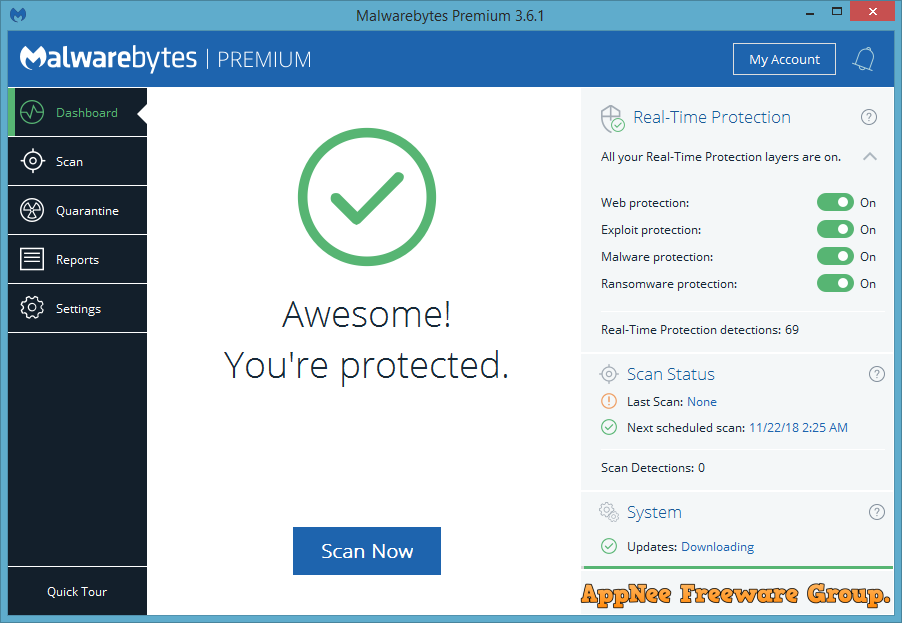
The majority of malicious code we see in WordPress sites uses some form of encoding to prevent detection.

These functions can also be used legitimately by plugins, so be sure to test any changes because you could break your site by removing benign functions or by not removing all of the malicious code. Backdoors commonly include the following PHP functions: Attackers can also inject backdoors into files like wp-config.php and directories like wp-content/themes, wp-content/plugins, and wp-content/uploads. Often backdoors are embedded in files named similar to WordPress core files but located in the wrong directories. More often than not, we find multiple backdoors of various types in hacked WordPress sites. Hackers always leave a way to get back into your site.

How do i return to malwarebytes free version how to#
How to manually remove a malware infection from your WordPress files:

You can remove any malicious payloads or suspicious files found in the first step to get rid of the hack and clean your WordPress site. Here are some additional tips & tricks that you can use with WordPress. Just don’t overwrite your wp-config.php file or wp-content folder and be sure that you make a full backup beforehand.Ĭustom files can be replaced with fresh copies, or a recent backup (if it’s not infected). If the malware infection is in your core files or plugins, you can fix it manually.


 0 kommentar(er)
0 kommentar(er)
